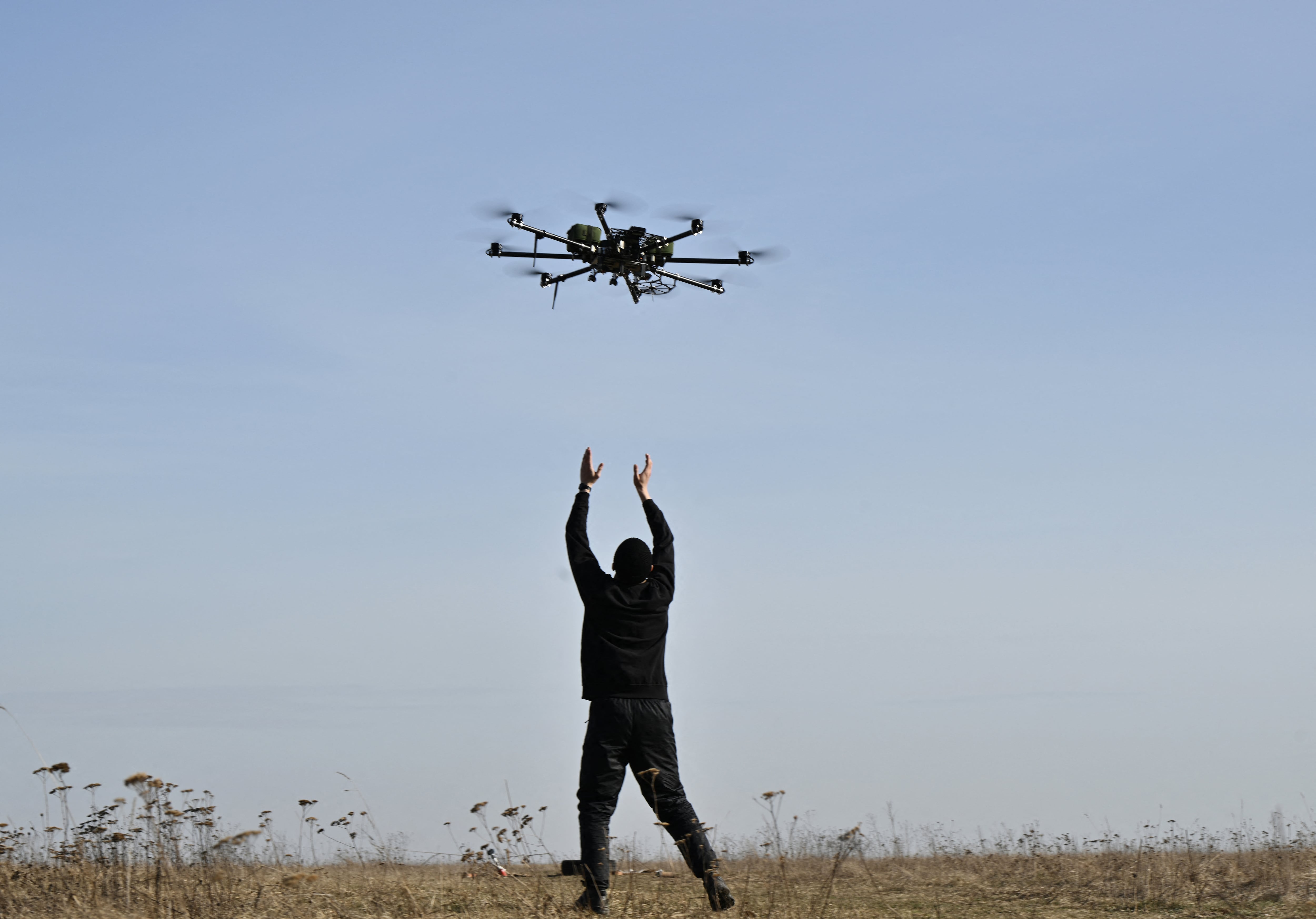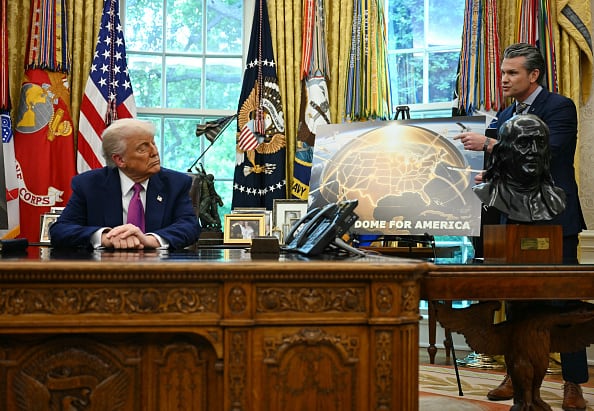The Army's cyber evolution continues with the fielding of cyber protection teams: highly trained groups of soldiers that will target emerging threats — including some that already have reached initial operating capability.
The cyber protection teams, or CPTs, are part of a broader, military-wide directive to fill out cyber ranks under U.S. Cyber Command's umbrella of operations. Barely a year into the process, the Army is making consistent strides, and that progress will undergo constant measurement and scrutiny to determine the best ways forward.
Eventually, the Army will have 20 CPTs assigned to the cyber protection brigade located at Fort Gordon, Georgia. Currently, those teams are in varying stages of development, including some that have reached initial operating capability, and others that will reach full operating capacity next year, according to MG John Morrison, commander of Army Network Enterprise Technology Command.
"There's a lot of capability with our cyber protection teams that is coming online," Morrison said in a recent interview with C4ISR & Networks. "And now, what we're really working towards is that integrated concept of operations on how do we employ them across the very broad mission set."
The teams will serve a variety of missions — some supporting combatant commands, some supporting national requirements, some supporting U.S. Cyber Command and seven teams dedicated to service-specific areas of focus.
"The brigade itself is under the operational control of Army Cyber, and then what we do is, we're responsible for training men for the team and the brigade," Morrison said.
Eventually the different teams may take on different areas of specialty, but for now — early on in the process — all of the teams are being trained to a uniform standard.
"The teams are all comprised the same right now, because we are just now [in] the initial throes of building combat power," he said. "We've only been building combat power for a little over a year-plus at this point. But there is a standard structure to the teams. However, as we're starting to employ capabilities, I'm sure that you'll see the structure, and the capabilities that we provide the teams change over time."
Once operational, the CPTs likely will be serving emergent needs in cyber operations, augmenting the regional cyber centers that handle day-to-day network maintenance and security.
"These safety teams are very highly trained teams and they are much more threat-focused, whereas the RCCs are sort of like your terrain owners from our perspective," Morrison said. "They are sort of like the folks that own the ground like a brigade combat team would. The CPTs are much more specialized; they can come in and address a [more] specific threat."
The Army's cyber build-out
The changing dynamics of cyber training aren't limited to the cyber protection teams. Across the Army a widescale shift in the focus on and approach to training and education serves to emphasize a spinoff from cyber as an ancillary skillset to a dedicated discipline with its own elite corps dedicated to the cyber domain.
"We just commenced the first cyber officer leader course on July 29. That's a historic moment for us," said MG Stephen Fogarty, commander of the Army Cyber Center of Excellence and Fort Gordon. "We have 15 officers from West Point and 15 from [the Reserve Officers Training Corps, plus one from Officer Candidate School]. This is a remarkable group of young men and women … the bar to get into this branch is exceptionally high and they are exceptionally qualified."
A significant element of the CPTs will be composed of Army Reserve and National Guard troops, a component that will augment the Army's cyber mission force — another key piece of the Army cyber mission. The CMF, too, is under development in various stages of completion and currently part of "exponential" growth in the area, according to LTG Edward Cardon, commander of Army Cyber Command.
"We are on track to have all 41 CMF teams established and operating by the end of fiscal year 2016. However, they will not all be fully operationally capable until FY17," Cardon told Congress earlier this year. CMF teams are allocated to combatant commanders, where they provide defensive and offensive cyber capabilities.
Cardon added that earlier this year the Army approved special-duty assignment pay, assignment incentive pay and bonuses for soldiers serving in operational cyber assignments, and that Army leadership is implementing a Cyber Career Management Field for enlisted personnel by the end of fiscal 2015.
The career-field changes reflect a larger shift in how the Army educates and classifies its cyber professionals. That's one area that currently is being assessed in an end-to-end review by the CIO/G-6 that could integrate some cyber, signal and electronic warfare operations.
"I think we've come to the conclusion that there was a period of time where having 17 specific MOSs … that probably made sense," Fogarty said. "As we look to the future, based on models we've seen in the special operations forces, we think we can combine some of those skills."
Fogarty also said signal and cyber will see integration in other areas as well — including in training at the senior professional development school at Fort Leavenworth, Kansas, and at the Army War College in Carlisle Barracks, Pennsylvania.
This cyber build-out has evolved considerably in the past five years, and most Army leaders agree that the approaches to education, training and operations could continue to change in the future as the services figure out what works — and what doesn't.
"I think this is going to be very much a learning journey," Morrison said. "And as we employ these new capabilities, we will learn what we got right, and what we need to adjust. And then we'll make the smart adjustments."
MORE INFO: Learn more about securing defense and federal networks at C4ISR & Networks and Federal Times' CyberCon 2015, held Nov. 18 at the Ritz Carlton in Pentagon City, Virginia.








